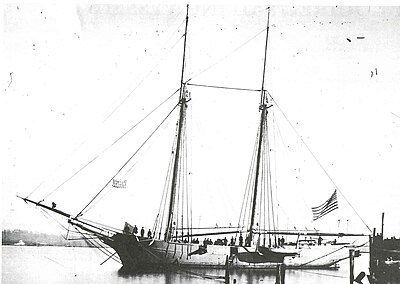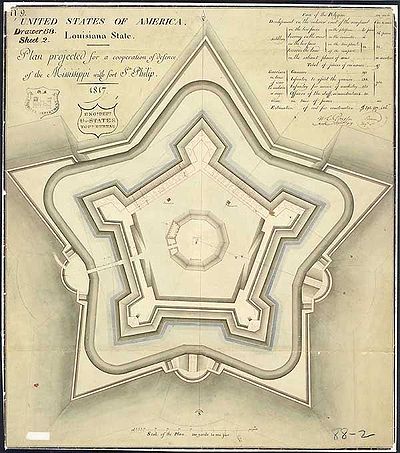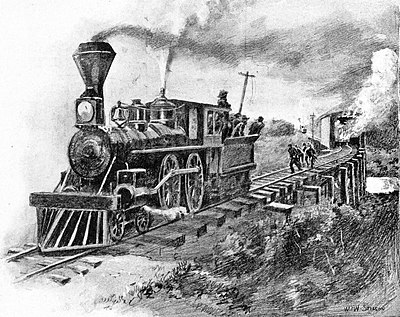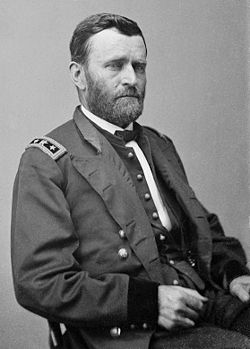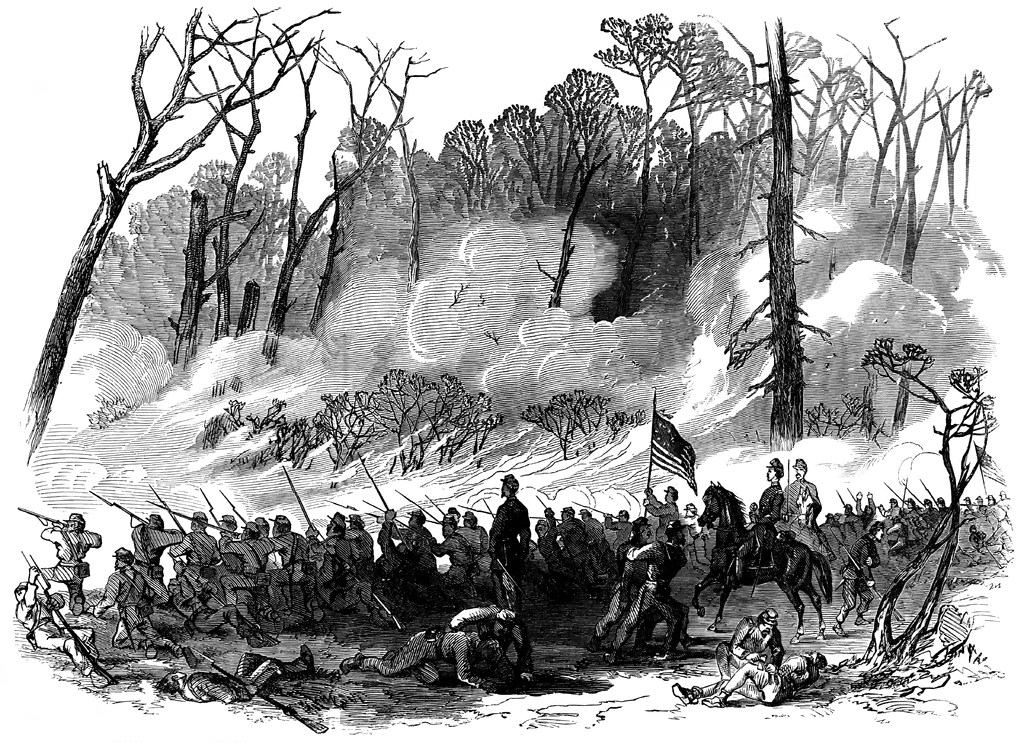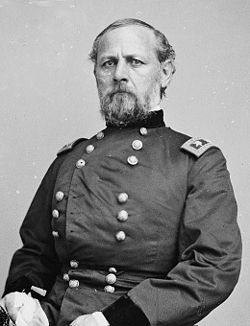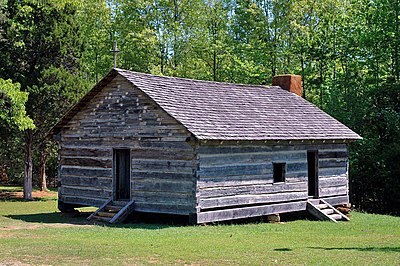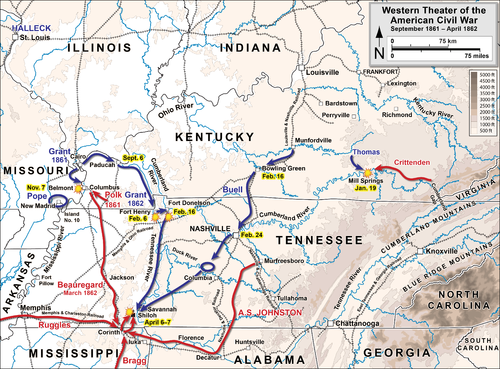 |
| USS Varuna |
The Union fleet finally made it past the fort with minimal damage, but the battle was not yet over. The Confederates had a small fleet of gunboats, and the small ironclad, the Manassas, which had sent the blockading squadron into flight in the battle of Head of Passes. She and the other Confederate vessels went out to take part in the fight. The Manassas turned on the Brooklyn.
The ram, the ram!" Craven called out, "... Put your helm to hard-a-starboard!" Then I saw the smokestacks of the Manassas and the flash from her gun, and the next moment I was nearly thrown on the deck by the concussion, caused by her striking us just amidships. I ran to the No. 10 port, the gun being in, and looked out, and saw her almost directly alongside. A man came out of her little hatch aft, ... and locked to see what damage the ram had done. I saw him turn, fall over, and tumble into the water ... I asked the quartermaster, who was leadsman in the chains, if he had seen him fall. "Why, yes, sir," said he, "I saw him fall overboard, - in fact, I helped him; for I hit him alongside of the head with my hand-lead." ... It was not until the coal in the starboard bunker had been used up and the side of the ship was uncovered that we realized what a blow she had received from the Manassas. On the outside the chain had been driven its depth into the planking, and on the inside, for a length of five feet or more, the planking was splintered and crushed in. The only thing that prevented the prow of the Manassas from sinking us was the fact that the bunker was full of coal.After this unsuccessful attack the Manassas continued down stream, but the forts opened fire on her, mistaking her for a Union ship in the smoke. She eventually ran aground and the crew abandoned her, having failed to sink a single one of Farragut's ships. However, the other small Confederate steamers made attacks on the Federal fleet. The CSS Governor Moore, called a cotton clad as cotton was put on her decks for armor, encountered the USS Varuna ahead of the rest of the Federal fleet. Although much weaker, the Governor Moore boldly gave battle and rammed twice, taking many casualties. The Varuna, seriously damaged, sank near shore. This was the only large ship Farragut lost. Jubilant at his victory, the captain and most of the crew of the Governor Moore wanted to continue and take on the rest of the Federal fleet. However, the Lieutenant, would have none of it. It was wounded, as were most of the crew, and ignoring the captain's orders turned the ship towards shore. The Federal fleet opened on her, and she was abandoned.
Morning dawned on a victorious Federal fleet. Farragut had lost one large ship, the Varuna, and three smaller ones, and had lost 37 killed and 149 wounded. The Confederates had lost 12 killed and 40 wounded from the fort, along with the entire Confederate flotilla and most of the crew. But more importantly for both sides, the ships had run the fort. They were now in a position to easily capture the forts, and sail up river and subdue New Orleans.


